Is it a Professional-Only Device?
Some devices claim to be "professional" but are sold through retail chains like Harvey Norman—stores that primarily target general consumers. If anyone can walk in and purchase it, is it truly professional? These options are often marketed as a one-stop solution for at-home microneedling. But as professionals, we know this treatment requires precision, safety, and tailored approaches that go beyond what a mass-market device can offer. Professional treatments deserve professional tools—full stop.
Is it ARTG Listed?
The Australian Register of Therapeutic Goods (ARTG) listing ensures that a device meets safety, quality, and performance standards required for medical and aesthetic use. If the device you're considering isn't ARTG listed, it's worth questioning whether it meets the rigorous standards expected in a professional clinic setting. Devices like Digital Hand NW and Digital Hand R are ARTG listed, giving you and your clients peace of mind.
Corded or Cordless? Operation Modes Matter
Cordless microneedling devices offer superior maneuverability—but what happens when the battery runs out? Some cordless devices have inbuilt batteries that can’t be swapped, meaning you may need to pause treatments mid-way to recharge. Digital Hand NW solves this by including two rechargeable batteries, allowing continuous cordless operation. Meanwhile, Digital Hand R operates with mains power, providing steady performance without the need for battery swaps.
What Do RPM and Speed Settings Really Mean?
A wide RPM (revolutions per minute) range gives you the flexibility to customise treatments. Lower speeds are ideal for delicate areas like under the eyes, or on thin, sensitive, or mature skin with fine wrinkles. Lower speeds also help when working over bony areas like the jawline or cheekbones to minimise trauma.
On the other hand, higher speeds are better for thicker, more resilient skin, acne scars, or stretch marks. They also allow for shorter treatment times, less discomfort, and often eliminate the need for anaesthetics. Devices that offer multiple speed settings—not just one—enable personalised, effective treatments tailored to each client’s skin type and condition.
How Many Microchannels Can It Create Per Second?
RPM tells part of the story, but to truly understand a device’s performance, multiply the revolutions per second by the number of needles in the cartridge. That gives you the number of microchannels being created per second.
Why does this matter? More microchannels mean more stimulation in the same treatment time—and better results. It also means fewer passes over the skin are required, reducing treatment time and improving comfort.
Is More Needles Always Better?
Cartridges can range from 6 to 16 needles. While more needles = more microchannels, it’s not that simple. Cramming too many needles into a small cartridge head can create resistance, making skin penetration more difficult and painful for the client.
Balance is key. A well-designed cartridge ensures spacing that allows smooth needle entry, effective treatment, and client comfort—without unnecessary trauma.
Does Needle Thickness Make a Difference?
It’s easy to assume that the finer the needle, the better—but that's not always the case. The purpose of microneedling is to stimulate the skin’s natural healing response by creating controlled micro-injuries.
While many devices on the market use 33-gauge (0.2 mm) needles, our cartridges use slightly thicker 30-gauge (0.3 mm) surgical-grade stainless steel needles. This optimal thickness has been shown to deliver more effective stimulation, creating a more robust healing response. In fact, many of our users report achieving better results in fewer treatments compared to other devices they’ve used previously. It’s a subtle difference that makes a big impact on both outcomes and efficiency.
Should You Go for the Longest Needle Length?
Needle depths vary from 1.5mm to 3mm—but is longer better? Not always. The dermis on the face, neck, and décolletage is usually under 2mm thick, so longer needles are rarely necessary. In fact, using excessively long needles increases the risk of complications without necessarily improving results.
A maximum depth of 2mm is not only safer, it’s also sufficient for treating even thicker skin on the body with outstanding results.
What Hygiene and Safety Features Are Built In?
The number one hygiene feature to look for is an anti-backflow system to prevent cross-contamination. But beware—some brands make this claim without truly effective designs. Look for cartridges with a worldwide patented silicon membrane to ensure backflow protection actually works.
Another advanced safety feature is automatic needle stop when too much pressure or unusual motion is detected—reducing the risk of skin damage from accidental movement.
Additionally, vacuum pressure can build up inside the cartridge head, especially if there’s no side vent hole. This can make it harder to glide the cartridge and may cause blood to be drawn into the device. A proper side vent hole helps release this pressure and improves comfort and hygiene—just make sure it remains unblocked during use.
Which Device Offers the Best ROI?
With skin needling becoming a staple in clinics, competition is fierce and treatment prices are being driven down. That’s why ROI (return on investment) is critical.
You need a device that delivers exceptional results with minimal trauma and maximum client comfort, without breaking the bank. Equally important is the price of the cartridges—because the more affordable the consumables, the more profit stays in your pocket per treatment.
What Happens If the Device Needs Servicing?
Every good device should come with a warranty—but service and support are just as important. What happens if your device needs a repair? Will you be left unable to perform treatments?
A professional supplier should provide not only responsive support, but also a loan device to keep your business running while yours is being serviced. If your device supplier doesn’t offer this, it’s worth reconsidering who you’re partnering with.
Ergonomic Design: The Unsung Hero
If you're doing multiple microneedling treatments a day (which is the dream!), your hand health matters. A lightweight, ergonomic design helps prevent hand and wrist fatigue. Don’t underestimate how much more enjoyable your workday becomes when your device fits comfortably in your hand and allows for smooth, effortless treatment.
Final Thoughts
The right microneedling device should deliver more than just microchannels—it should offer flexibility, safety, support, and strong ROI. Whether you're starting out or replacing your current device, keep these considerations in mind.
Your clients deserve the best results, and you deserve a device that works as hard as you do.


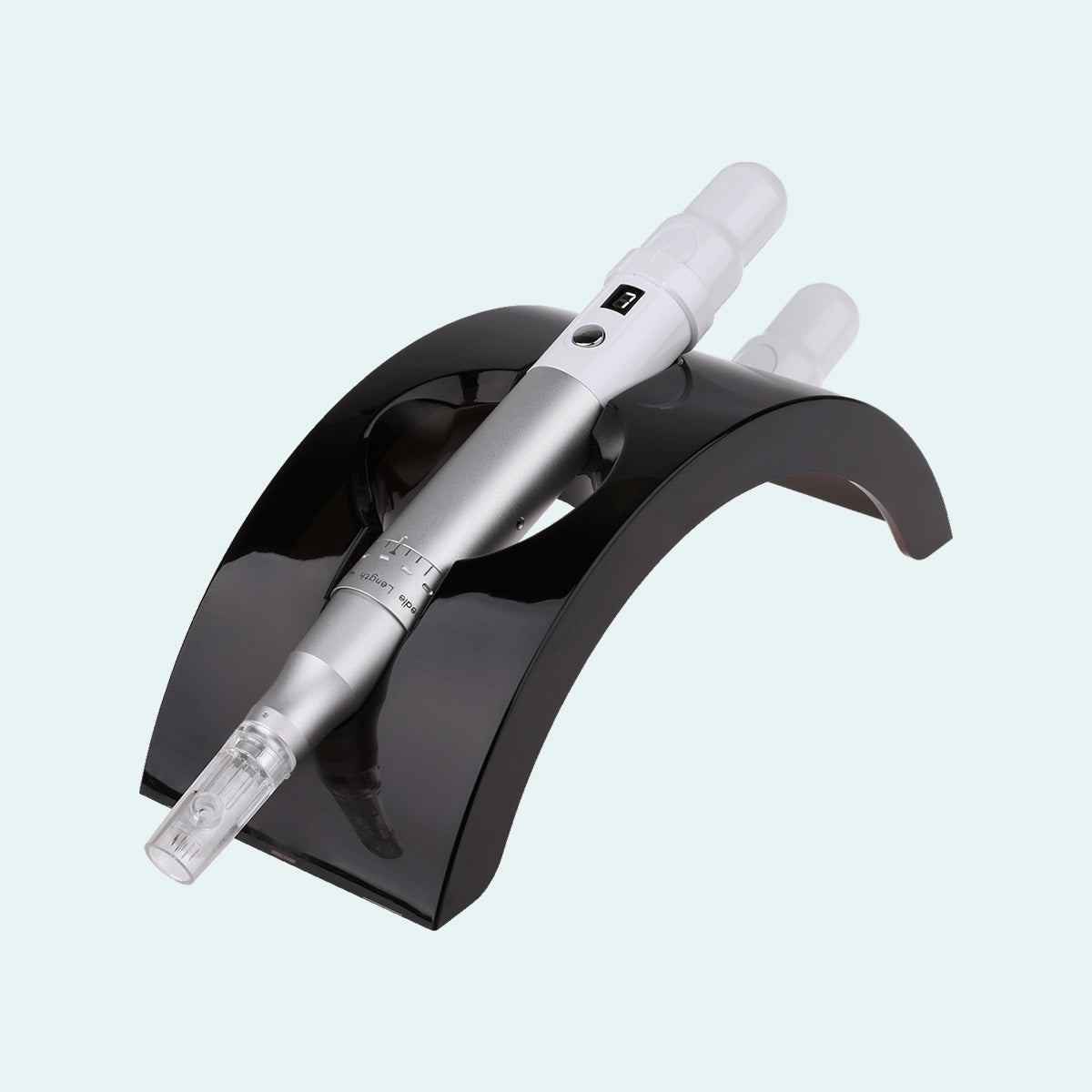
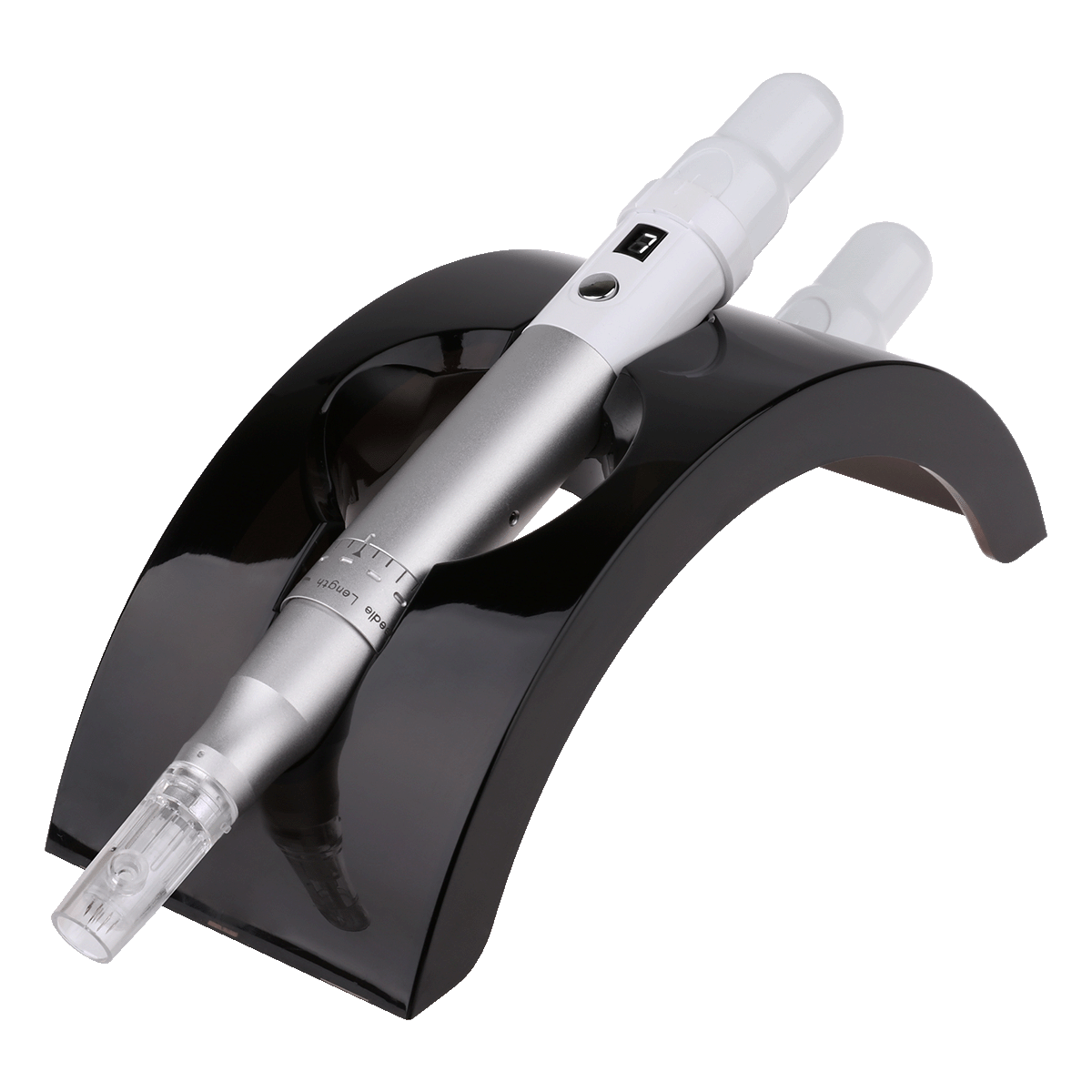
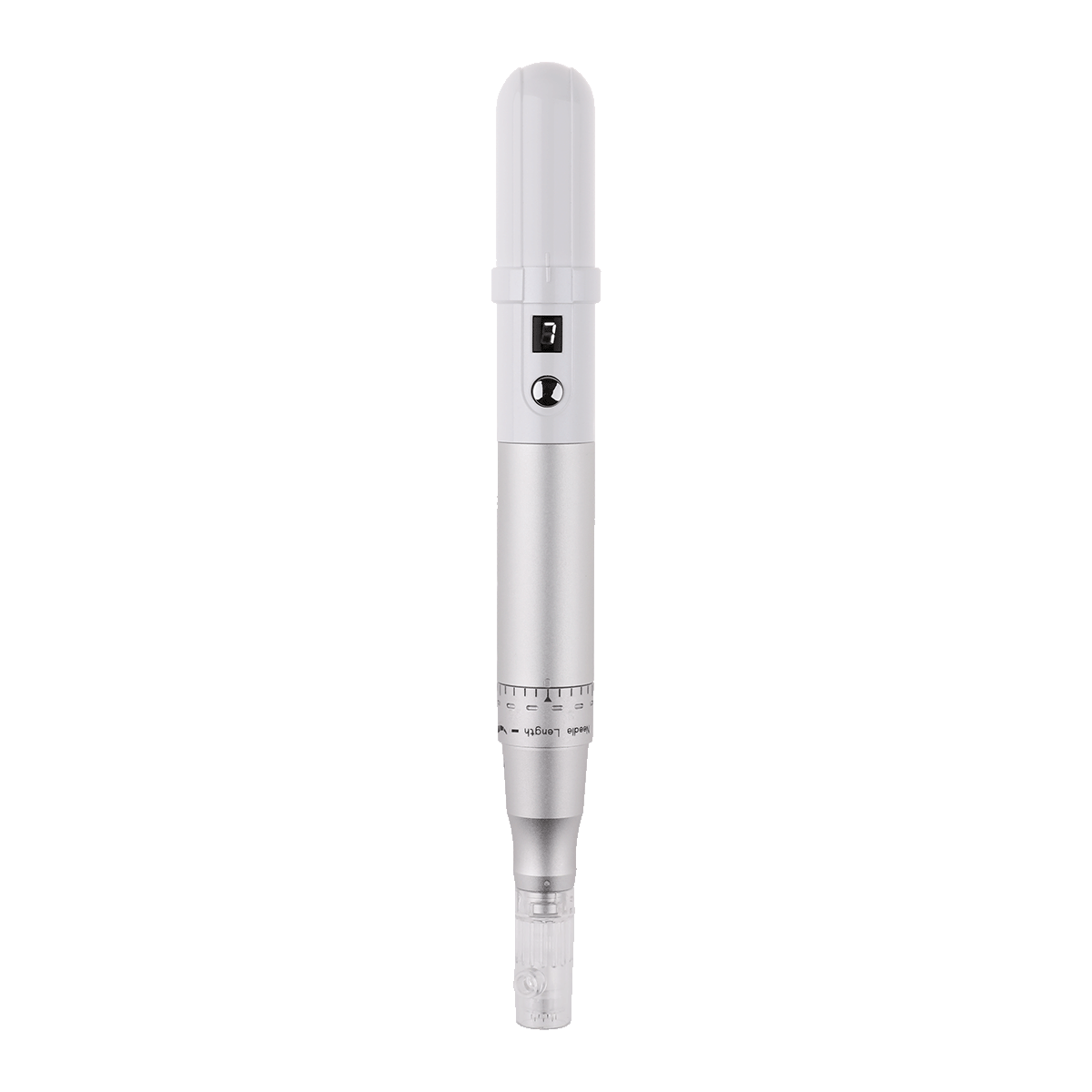
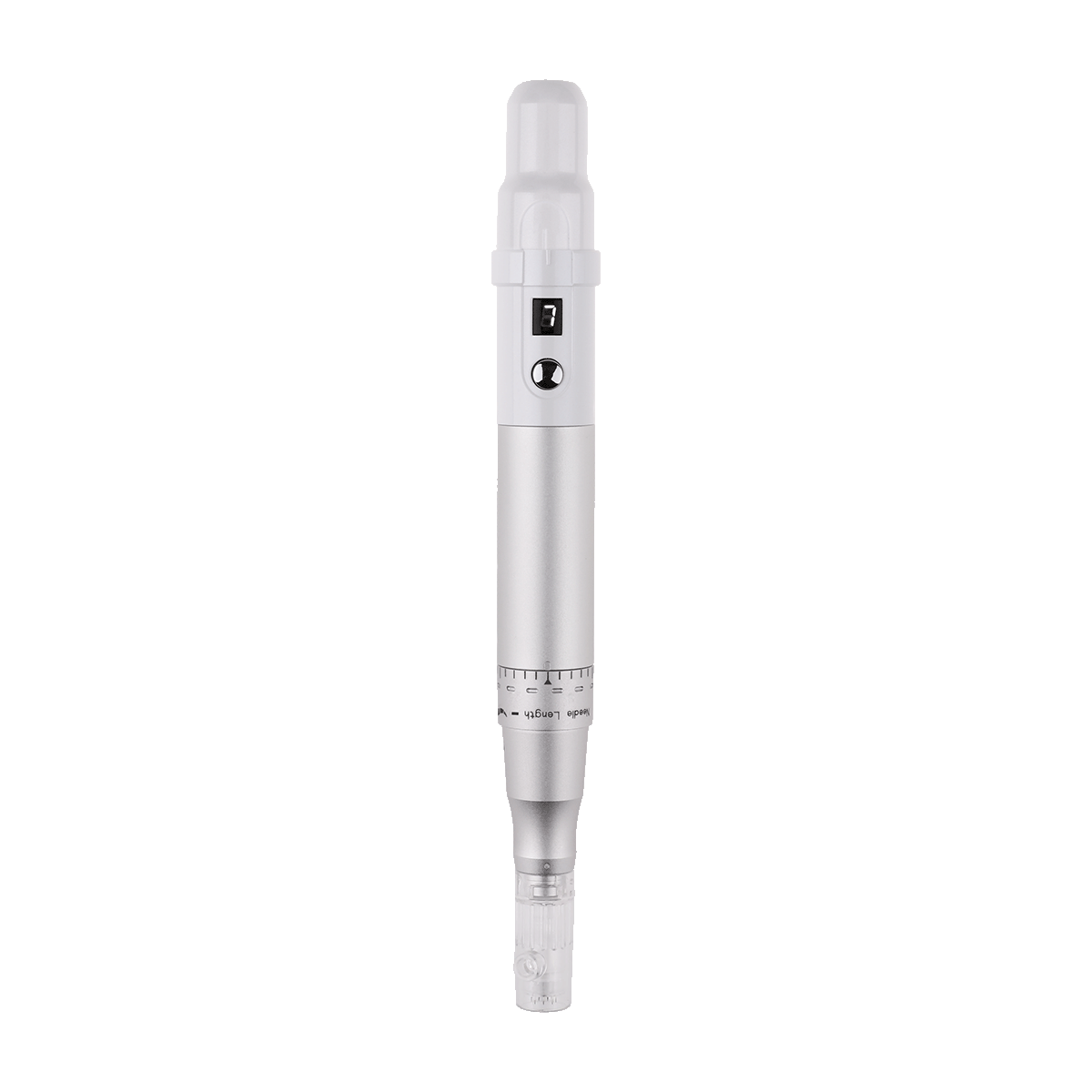

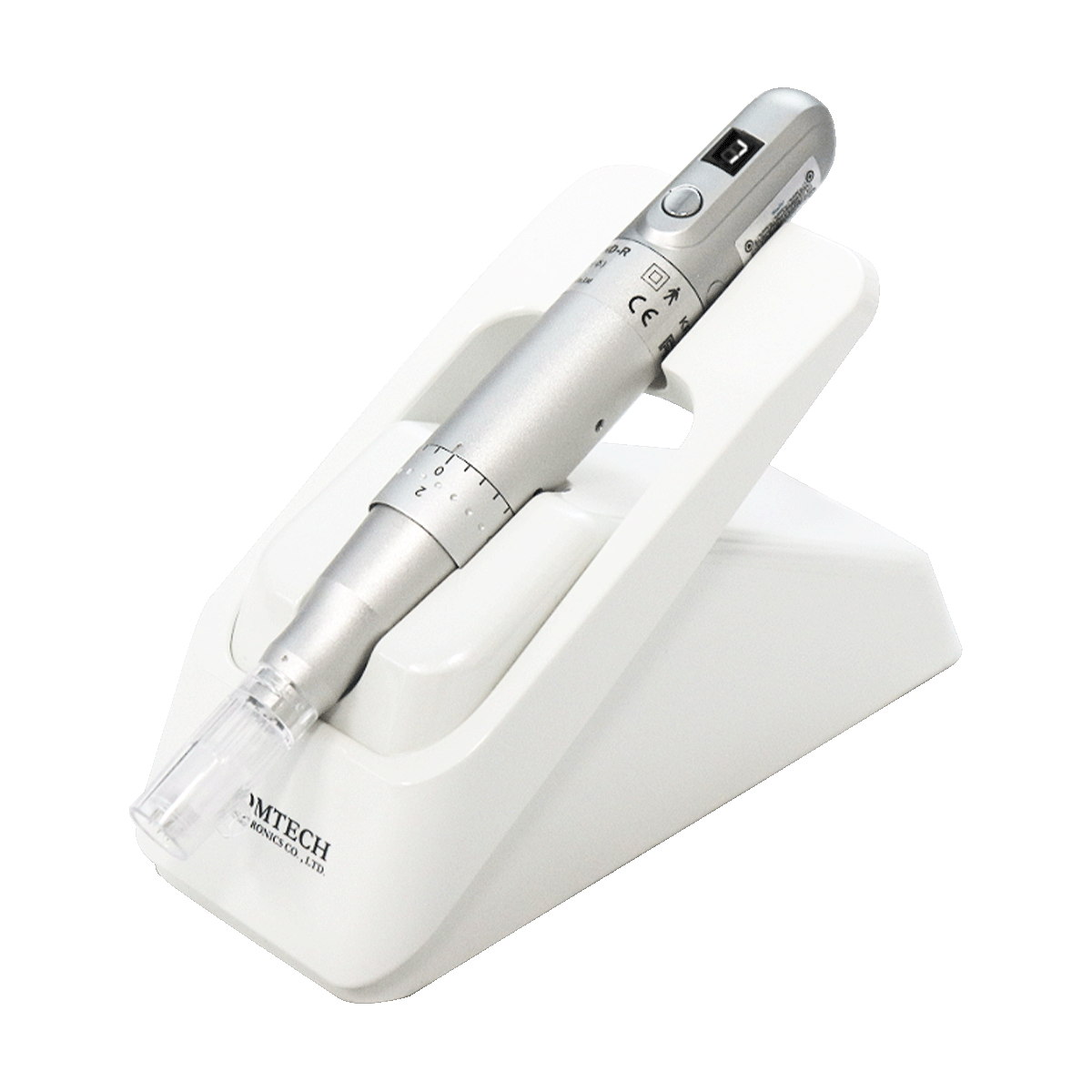
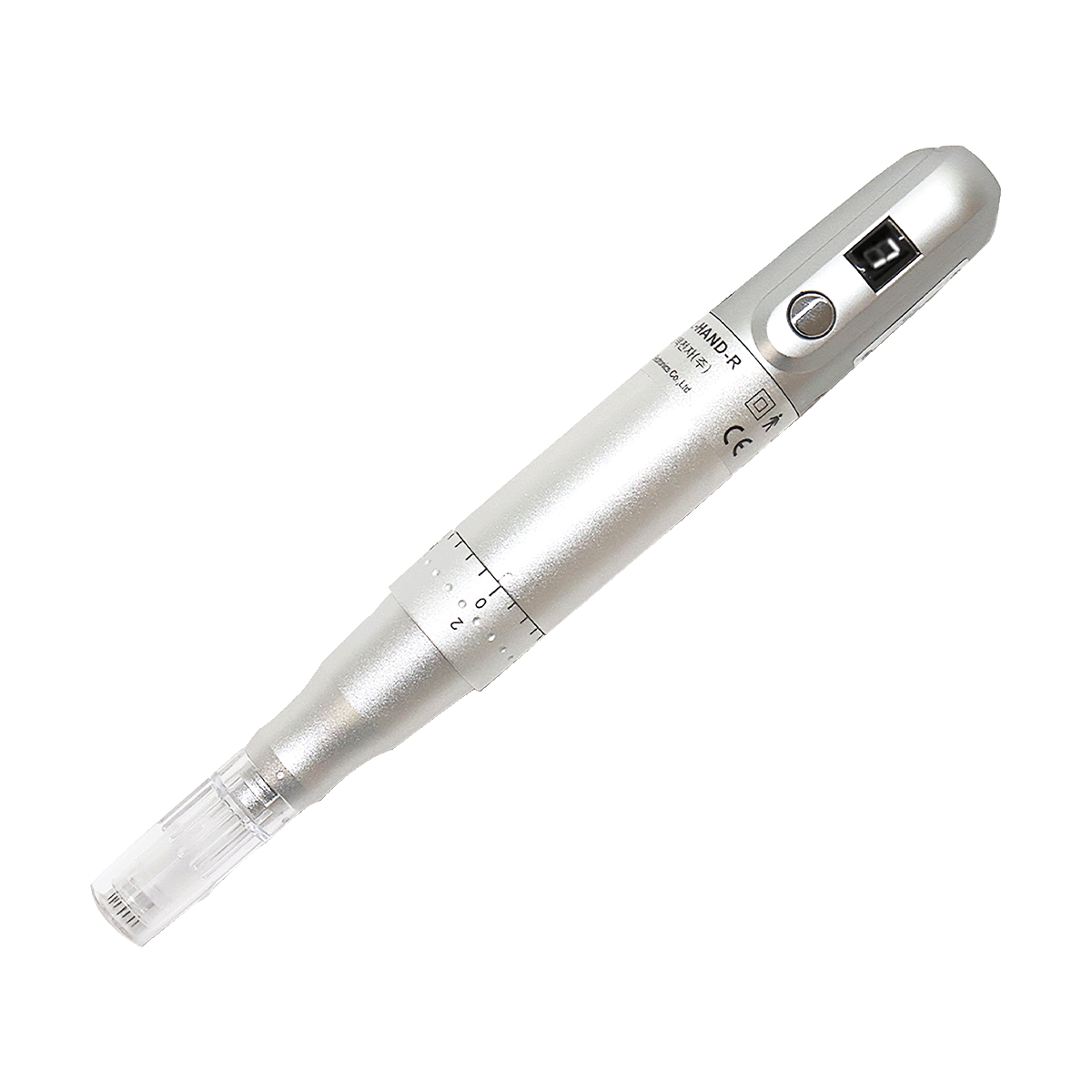
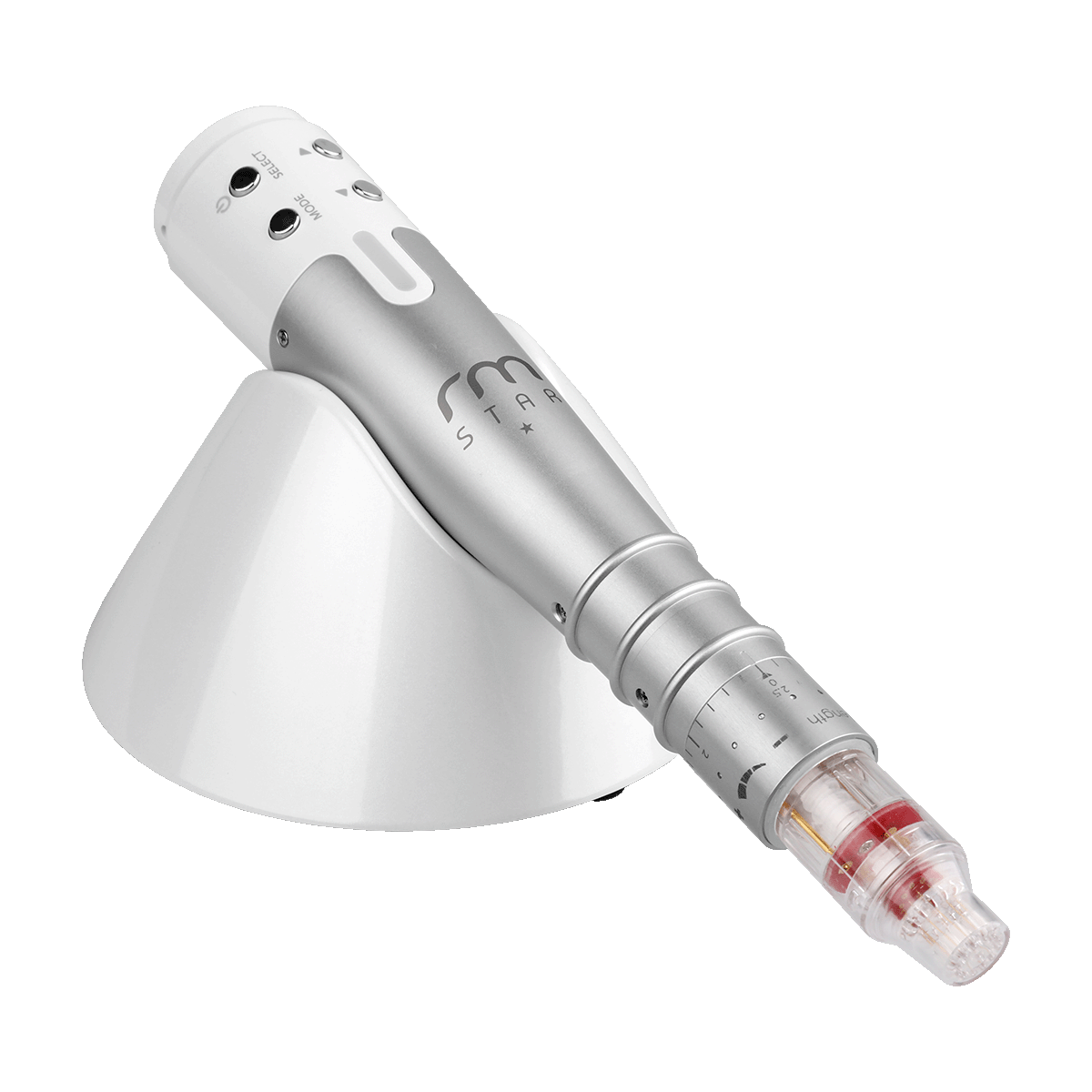
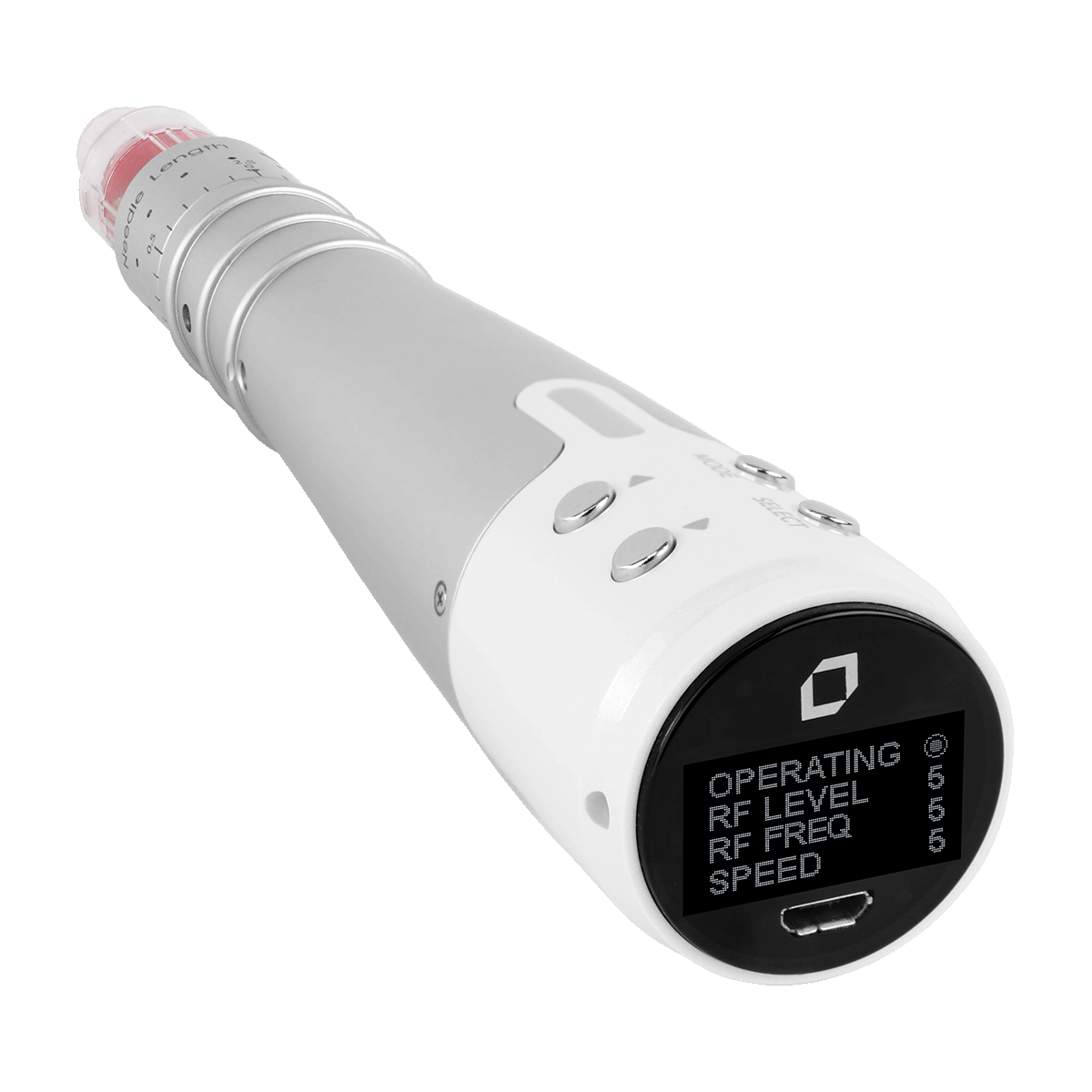
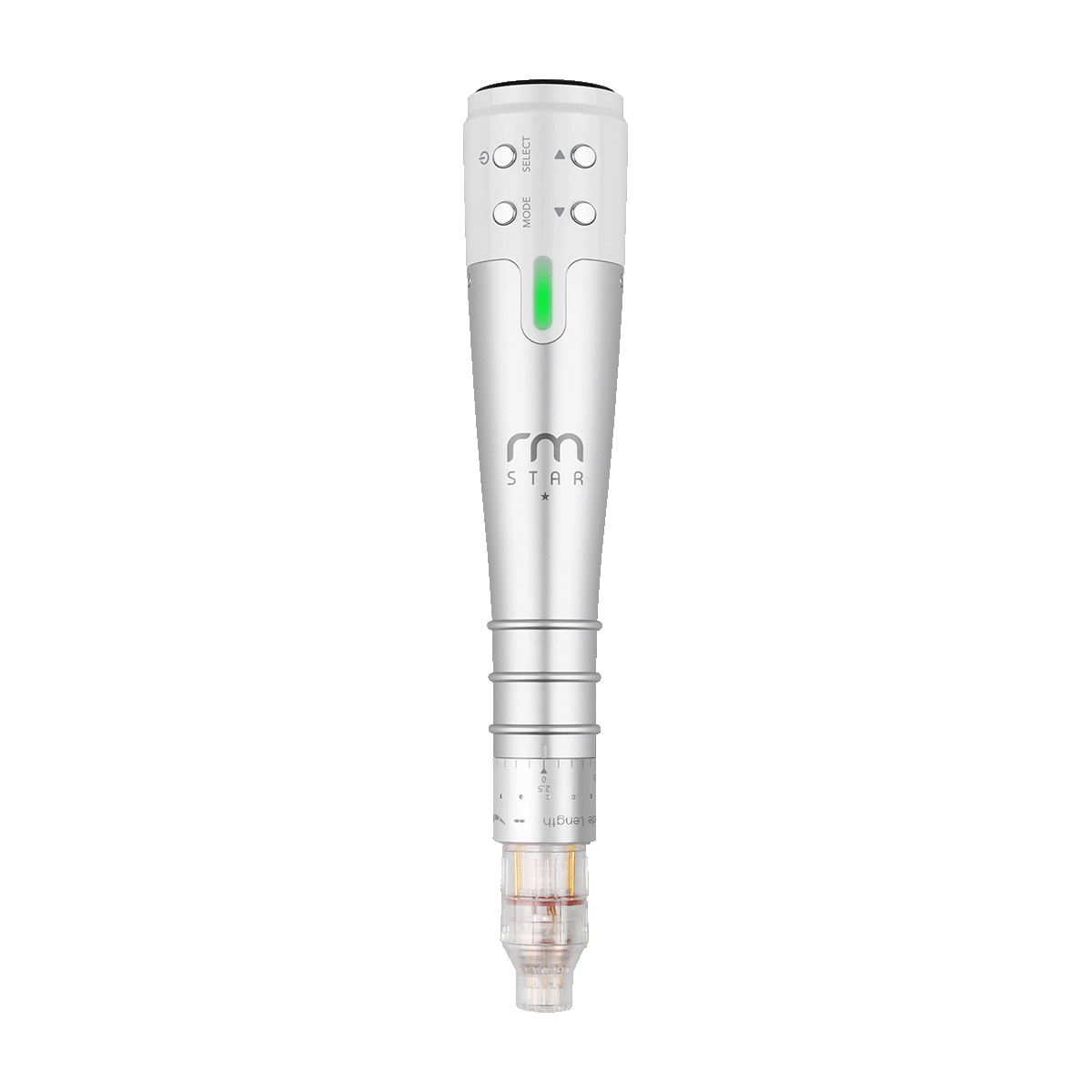
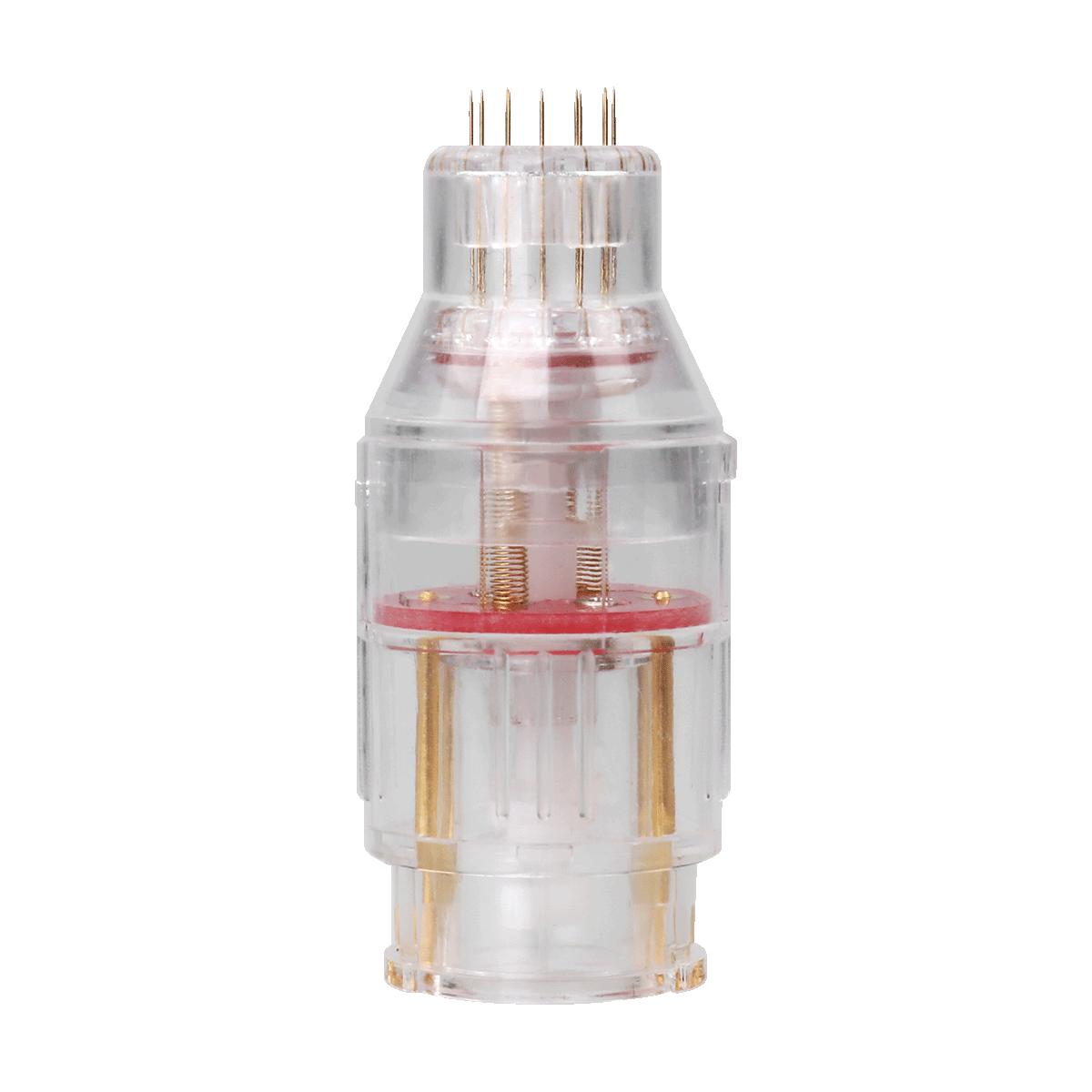
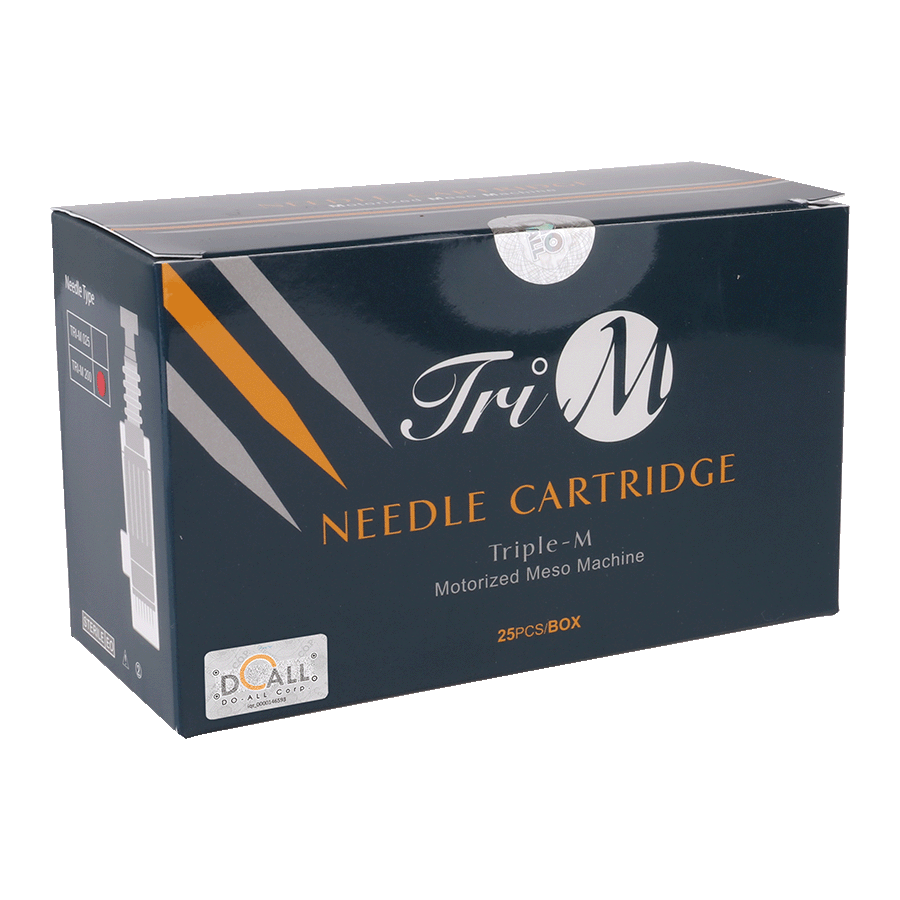
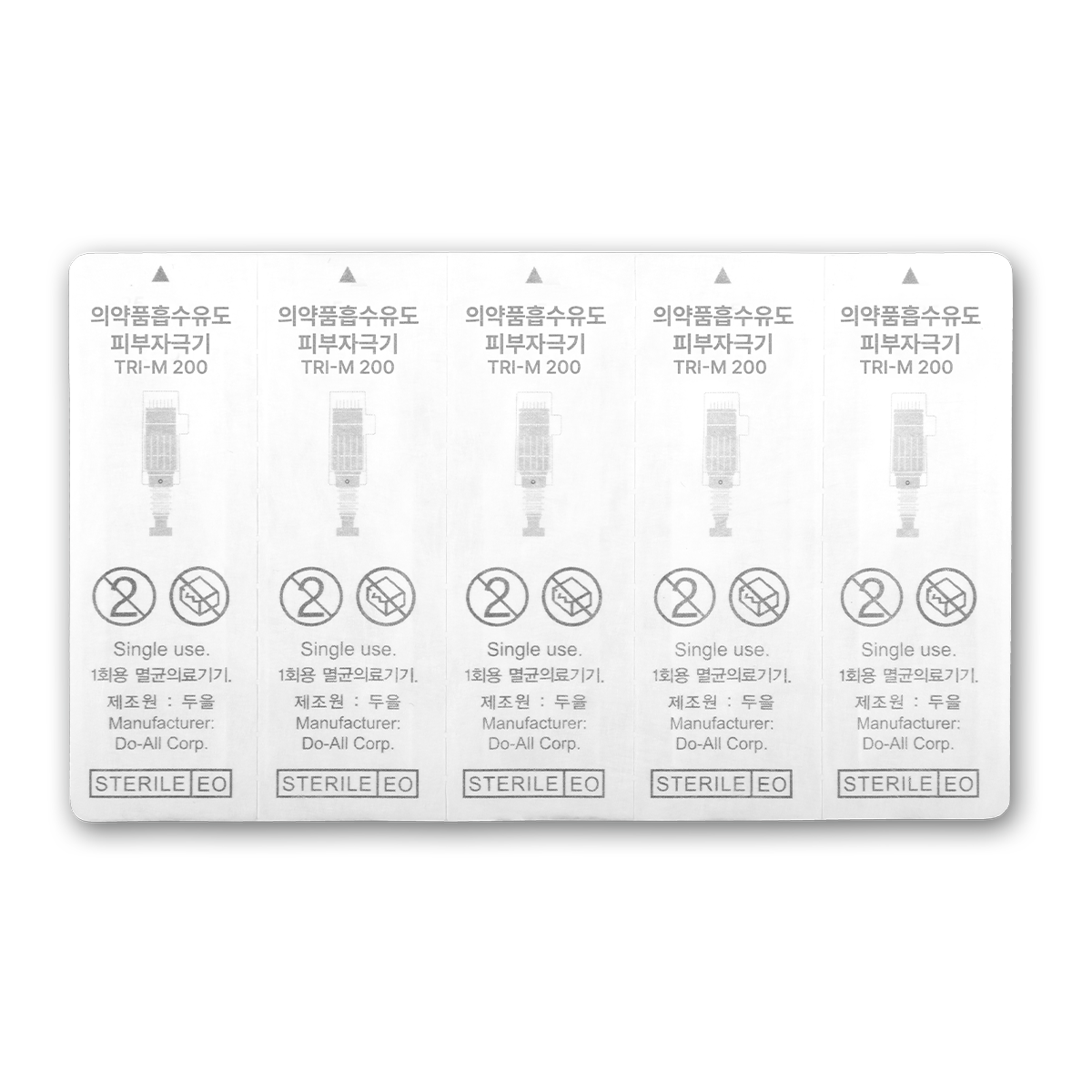
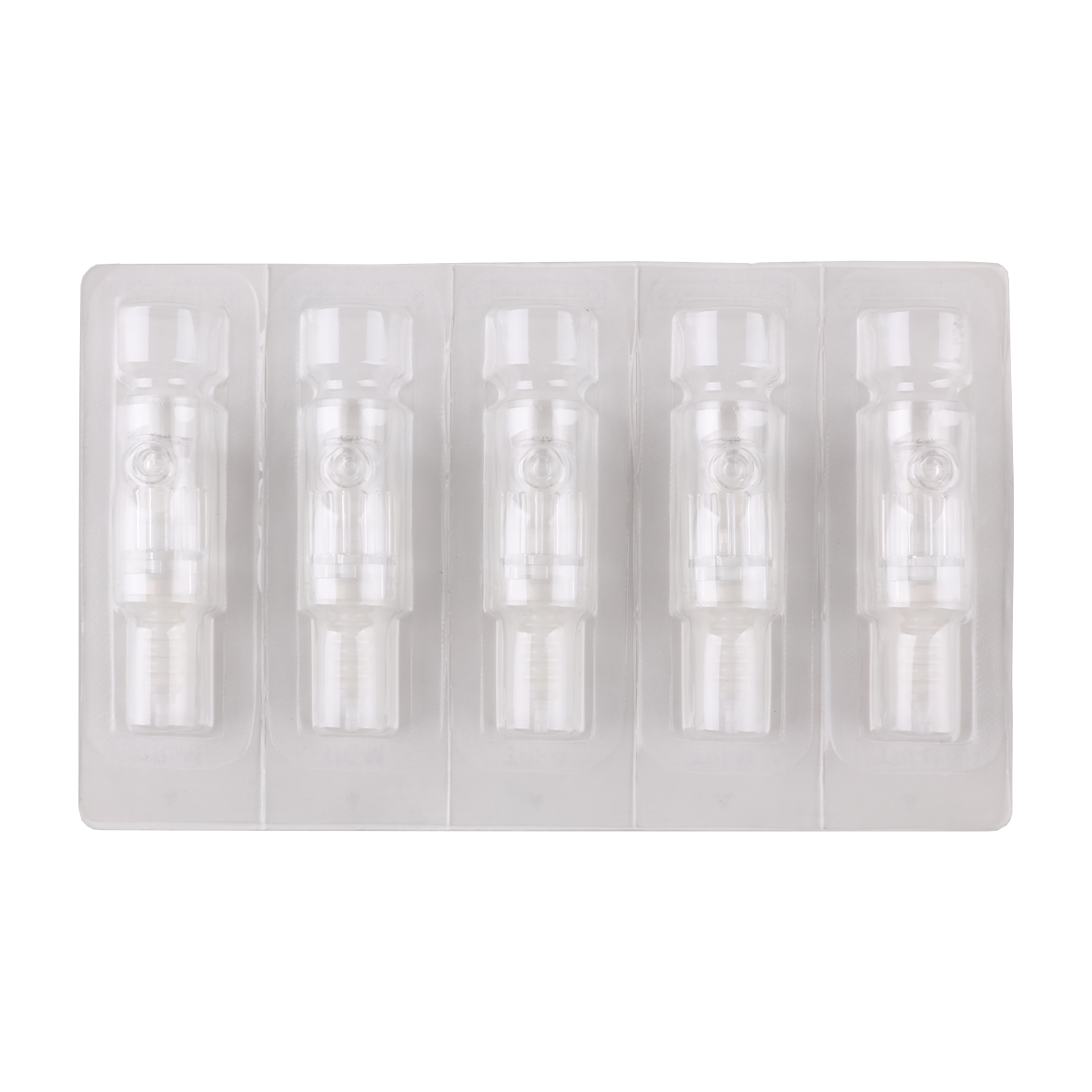
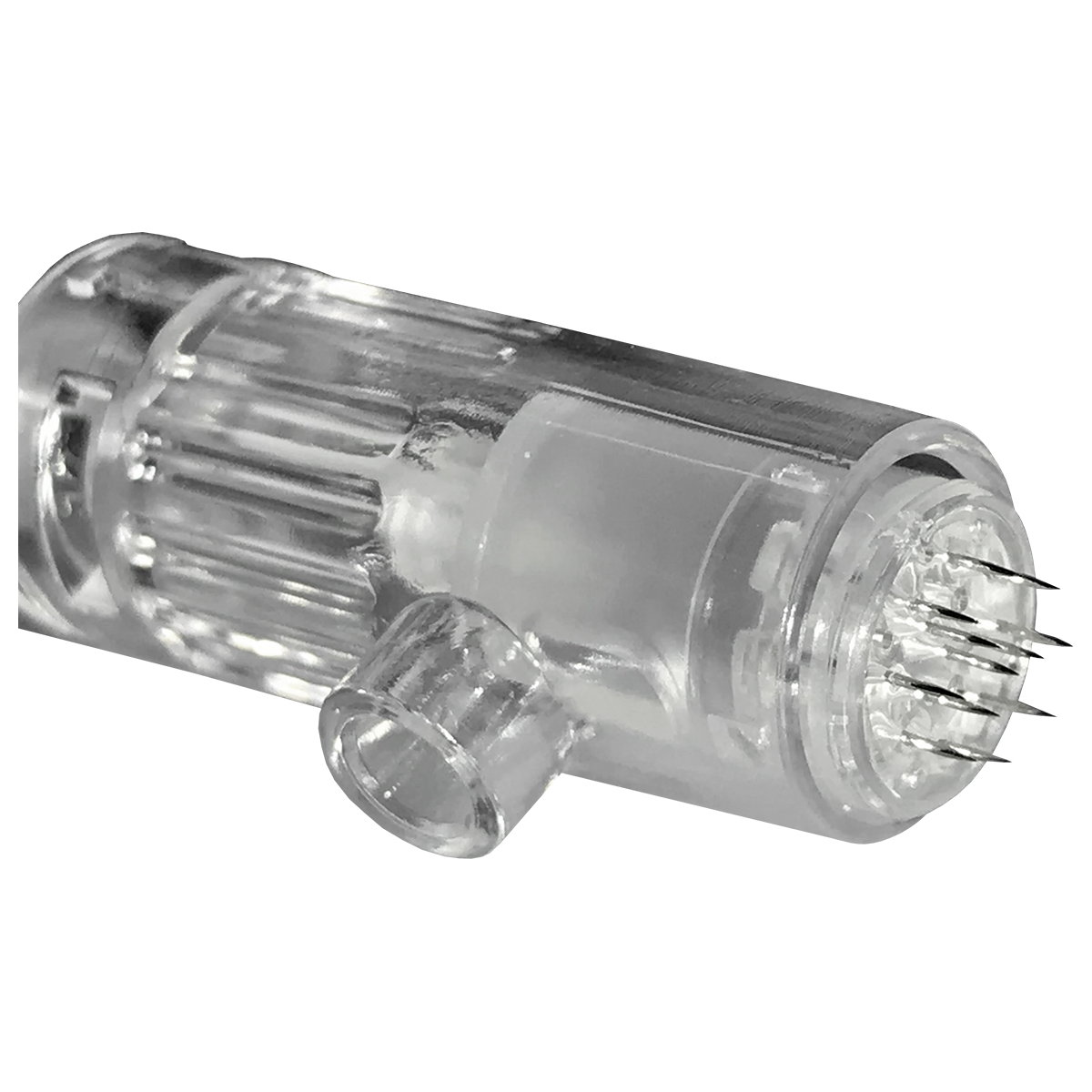

Share: